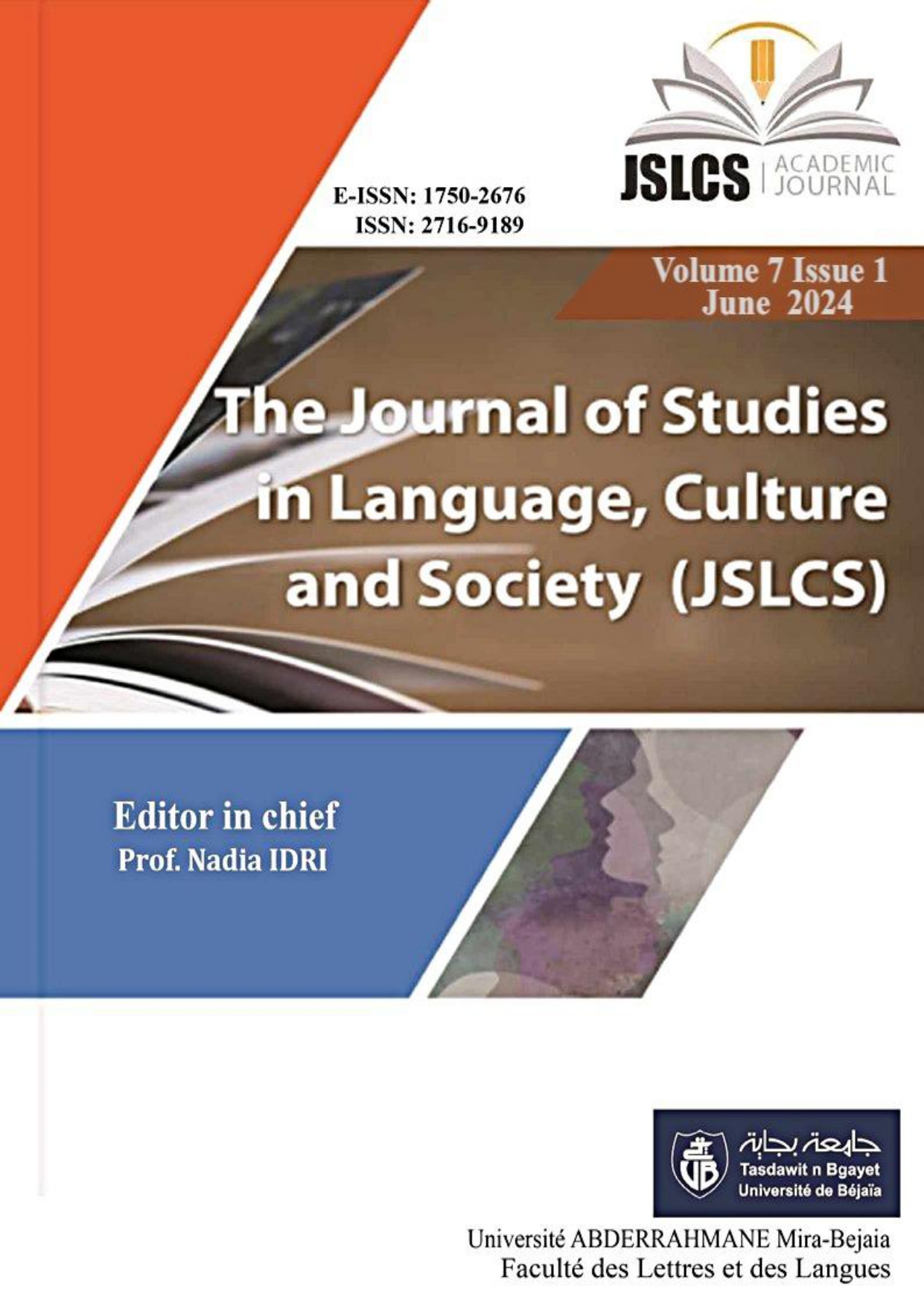English Segmental Pedagogy, Homophonic Realisation And Communicative Competence In L2
Keywords:
Communicative competence, E-Learning, Homophonic realisation, Pedagogy, performanceAbstract
The study investigates and compares the performance of two groups of final year English major undergraduates of a Nigerian University in the production and perception of homophones. One group consisting of twenty students were taught the English sound segments with the use of an e-learning software while the second group of twenty students were taught the segmentals without the use of the software. Each of the participants read aloud a sentences containing homophones and also participated in a dictation test. The collected data was analysed perceptively and acoustically using the sound analytical tool, PRAAT developed by Paul Boersma and David Weenick of the University of Amsterdam. Results reveal that students in the first group who were taught with the e-learning software performed better than those in the second group in the production, reception and understanding of homophones. Findings confirm that the use of e-learning software in language pedagogy will play a significant role for improved performance and greater communicative competence in Nigeria. Keywords: Communicative competence, E-Learning, Homophonic realisation, Pedagogy, performance
References
Aiyeola, A. (2023). Technology-enhanced approximation to Standard English stress shift: The case of educated Yoruba (Nigerian) teenagers. English Today, 1-12. https://doi.org/10.1017/S0266078423000251
Akindele, J., & Fabunmi, V. (2023). Syllable Isochrony in Selected Nigerian Hip Hops: Implication for Nigerian English Pedagogy. Revue Traduction et Langues22 (1), 374-399.
Akindele, J., & Fabunmi, V. (2019). British or American English? A Survey of Variety Preference in the English of L2 University Undergraduates. Revue Traduction et Langues1 (1), 71-84.
Akinola, A., & Oladipupo, R. (2022). Word-stress free variation in Nigerian English: A corpusbased study. English Today, 38(3), 165-177. https://doi.org/10.1017/S026607842100002X
Aprilisa Astri & Ruly Adha (2020). Students’ Ability in Understanding Homophone in English. In Journal of Linguistics, Literature & Language Teaching. JL3T. Vol. VI, No.1
Burns, Anne, and Claire, Stephanie. 2003. Speaking Pronunciation in Action for Teachers. Macquarie University.
Choi, J. H., & Han, Z. H. (2017). The Effect of Homophonic Errors on Listening Comprehension in English as a Foreign Language. System, 67, 92-104.
Hansen Edwards, J. (2023). The Sounds of English Around the World: An Introduction to Phonetics and Phonology. Cambridge: Cambridge University Press. https://doi.org/10.1017/9781108894562
Hobbs, J. B. (2006). Homophones and Homographs: An American dictionary (4th ed). McFarland & Company.
Jiang, N., & Zheng, X. (2018). Homophonic Vocabulary Errors in Second Language Listening Comprehension. TESOL Quarterly, 52(2), 371-397.
Jowitt, D. (1994). The English of Nigerian newspapers. English Today, 10(4), 23-28. https://doi.org/10.1017/S026607840000785956
Mamede, E., & Lima, S. (2020). Homophones in Second Language Acquisition: An Analysis of Portuguese-Speaking Learners of English. Bellaterra Journal of Teaching & Learning Language & Literature, 13(2), 27-50.
Oladipupo, R. (2015). A comparative study of connected speech features in Nigerian English & Received Pronunciation: An analysis of the proximity of educated Nigerian English speakers to Received Pronunciation. English Today, 31(4), 21-29. https://doi.org/10.1017/S0266078415000358
Sunday, A. (2011). Compound stress in Nigerian English: An empirical study of stress placement in compounds in educated Nigerian English. English Today, 27(3), 43-51. https://doi.org/10.1017/S026607841100037X
Tyonum, Msugh. Vitalis. (2017). The Linguistic Effects of Homonyms and homophones in Tiv Language System, (online), Vol. 2, No. 1, https://www.academia.edu/31595766/The_Linguistic_Effects_of_Homonyms_ and_homophones_in_Tiv_Language_System
Widiastuti, Sri & Padma Devi, Ni Nym & Artini, L.P. (2013). Study on the Implementation of English School-Based Curriculum in Sma Negeri 5 Denpasar, (online), Vol. 1, http://pasca.undiksha.ac.id/ejournal/index.php/jpbi/article/download/577/365








